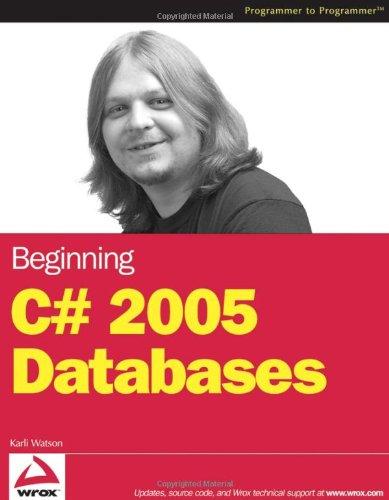Question
Would someone be able to help me with this please? It has to do with Linked List Arrays, and I'm very confused on what to
Would someone be able to help me with this please? It has to do with Linked List Arrays, and I'm very confused on what to do. Any help along with steps would be very much appreciated. Cheers! You are hired by a company to implement a singly-linked list that will hold integers, using Java programming language. However, the boss of the company insists that you dont use any objects or structures in your implementation. You may use only integer arrays and individual integer variables.
Your implementaion should support the following operations:
-
Insertion of the first integer element as the head of the list that will contain at most n elements throughout its lifetime.
-
Keeping track of the current element in the list (initially should be the head of the list)
-
Advance current to the next element in the list
-
Reset current to the head of the list
-
Return the integer value of the current element
-
Insert a new value following the current element in the list (should have no effect if n elements already had been inserted into the list)
-
Delete the element following the current element in the list (should have no effect if the current element is the last one in the list)
The boss also insists that your implementation is efficient and every operation should run in O(1)time, no matter what sequence of operations is performed. This is very important to the success of the company and they will not accept any code that is less efficient!
Fill in the missing code in the following definitions and explain why every one of your operations runs inO(1) time:
1
public class List { private int ... private int[] ... /********************************************************************* * Initializes a linked list with integer val as the head of the list * and identifies it as the current element * Ensures that no more than n elements will be inserted into this list *********************************************************************/
public List(int n, int val) { ... }
/********************************************************************* * Advances the current element to the next element in the linked list *********************************************************************/
public void advance() { ... }
/********************************************************************* * Resets the current element to be the head of the list *********************************************************************/
public void reset() { ... }
/********************************************************************* * Returns the integer value of the current element *********************************************************************/
public int value() { ... }
/********************************************************************* * Deletes the element that follows the current element in the list * Has no effect if the current element is the last one in the list *********************************************************************/
public void deleteNext() { ... }
/********************************************************************* * Inserts val into the list as the element that follows the current * one. Has no effect if n elements had already been inserted into the list * (not counting deletions) **********************************************************************/
public void insertNext(int val) { ... } }
Step by Step Solution
There are 3 Steps involved in it
Step: 1

Get Instant Access to Expert-Tailored Solutions
See step-by-step solutions with expert insights and AI powered tools for academic success
Step: 2

Step: 3

Ace Your Homework with AI
Get the answers you need in no time with our AI-driven, step-by-step assistance
Get Started


